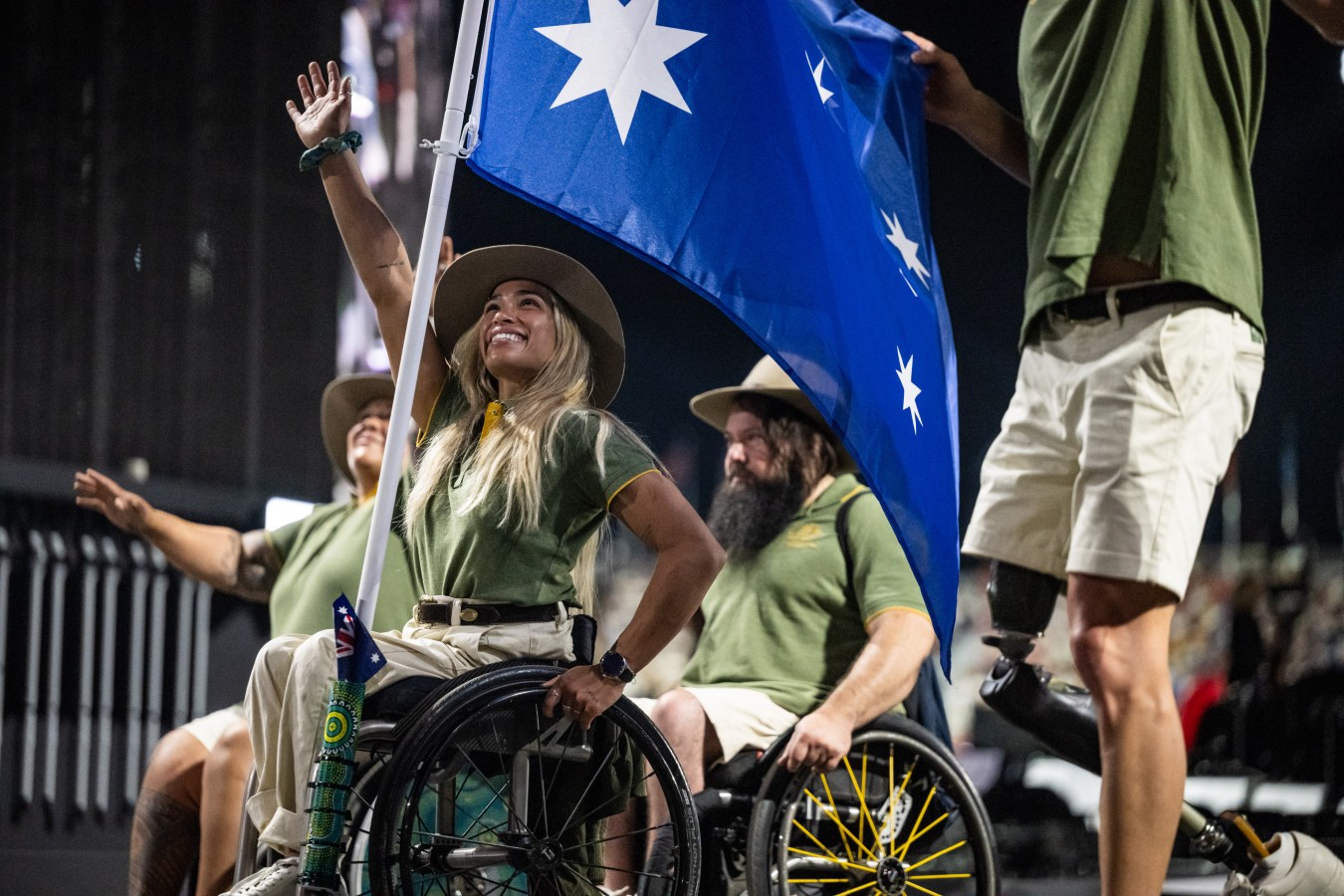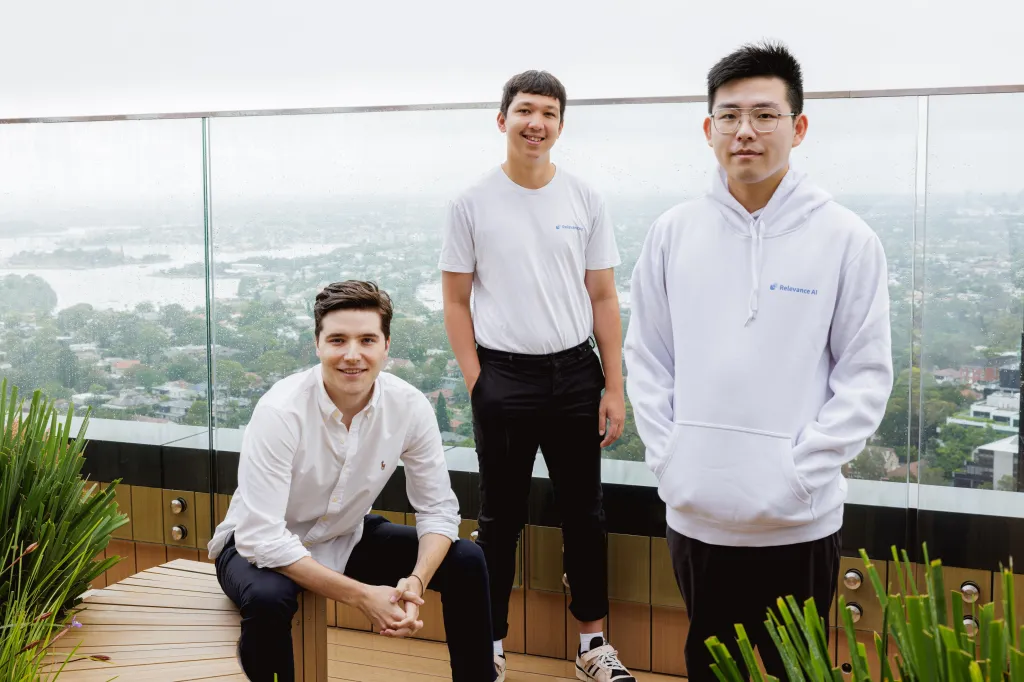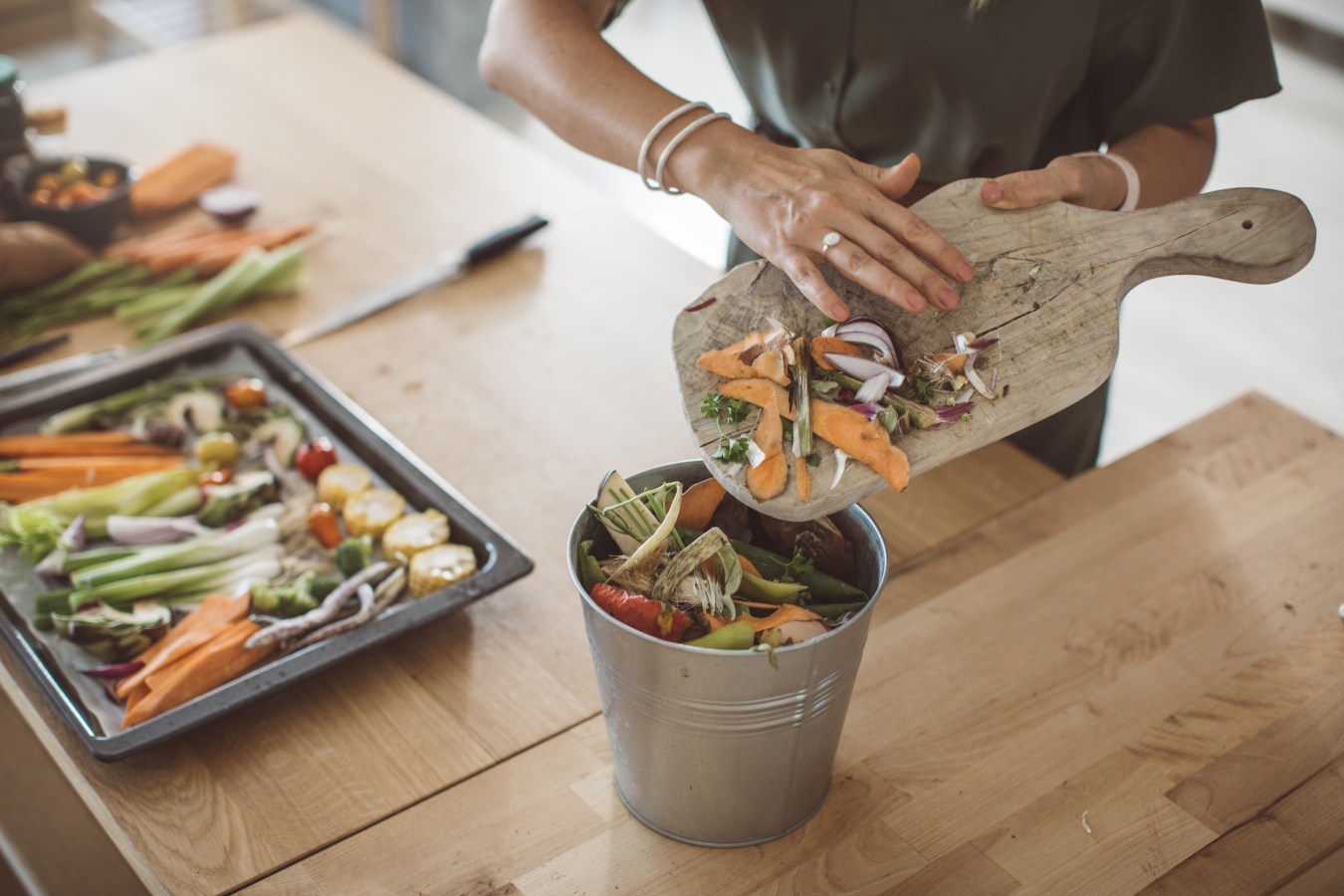Armed with $1 million – partly from online gaming magnate Laurence Escalante’s family office – Bae Juice learns how hard it is to take a drinks brand to the US.
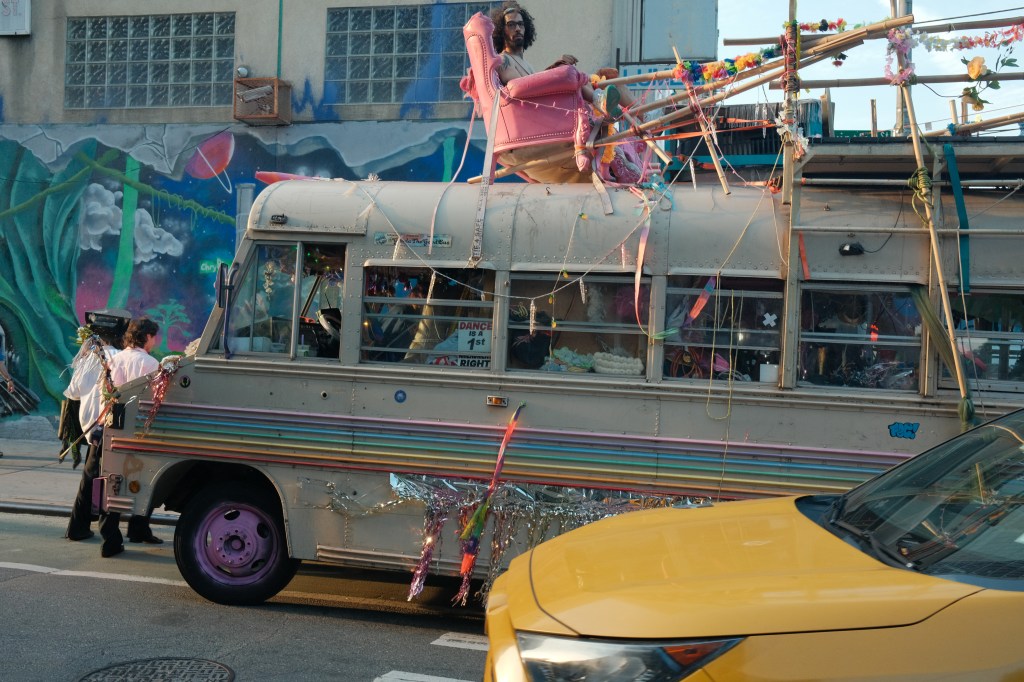
The guys from Bae Juice know they are with their peeps when, atop a Manhattan double decker party bus full of influencers and C-grade celebrities, co-founder Tim O’Sullivan throws a beer down to a pedestrian, right in front of a New York City cop.
Unsure of the legality of throwing alcohol at pedestrians in a public street, he braces for the reaction. “And the copper just pointed at us and burst out laughing,” says O’Sullivan. “I realised our brand personality suits New York very well.”
The Melburnian hangover-cure pear-juice team of Liam Gostencnik, Sumin Do and O’Sullivan have been trying to get a foothold in New York for the past year. They had been surprised to see that New York had an even stronger booze culture than Australia. And so presumed the folk of the city that never sleeps would rush their folk-remedy Korean pear juice to cure their morning afters.
But a strong greenback – along with a raft of cultural surprises – made the business of cracking the USA harder than expected, even with $1 million backing led by Perth internet gaming billionaire Laurence Escalante’s Lance East family office.
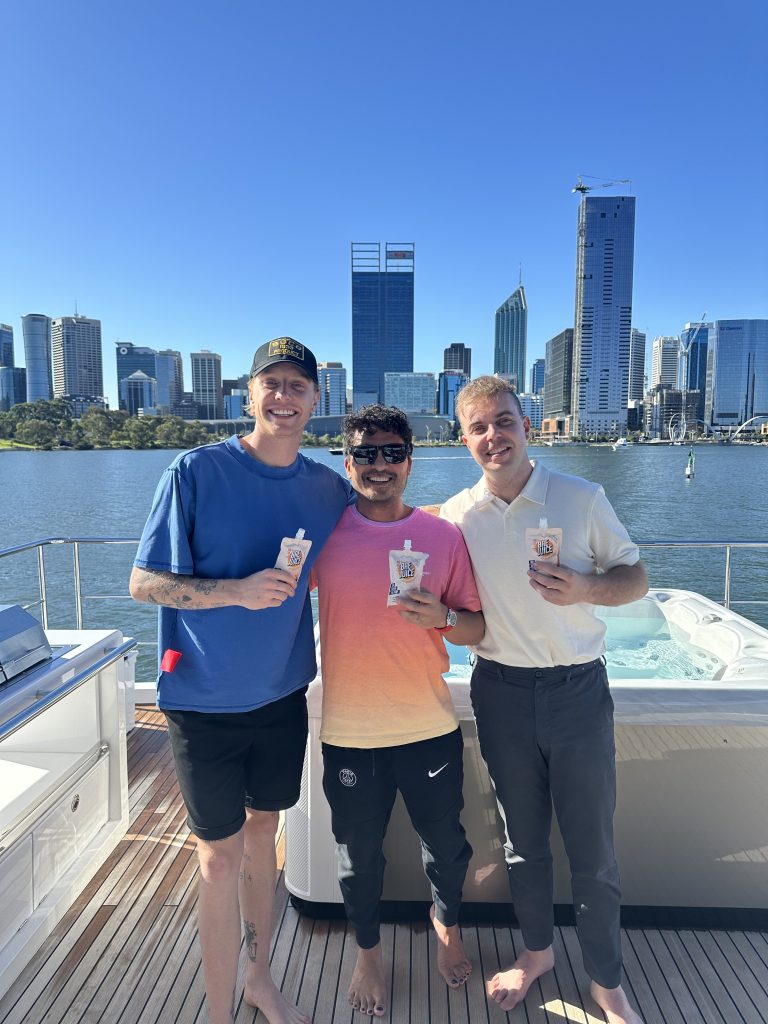
The party bus was fun and made the brand look exciting, says co-founder Gostencnik. “But, for a $1,200 bus, plus everyone’s alcohol and food, you just get sucked into this New York bubble of having to do everything so fancy and bougie.”
Take the difficulty of getting media traction. The PR and marketing agency cost US$6,000 a month. “They require a month of onboarding. So nothing gets done and you’ve spent 10 grand AUD for an onboarding process!” O’Sullivan laughs, a little maniacally. “It keeps you up at night … They told us that we had to do big, fancy dinners and sit down all their friends. So we did that. We took them out. We took them to coffee. We gave them product. We gave them merch. We took them to Yankees games … and not one article has ever been written about us, 40-50,000 Aussie dollars later.
“You go over there, you get excited with Broadway and nightclubs and all the sports and basketballers and celebrities and singers and rappers. But you’ve just got to do baby steps. Otherwise, you can just lose everything overnight.”
Bae Juice’s Tim O’Sullivan
“We don’t beat ourselves up too much, but everyone out there is really, really over promising … Everyone thinks they’re a big dog, and they’ve got big offices and big clients … They get the big SUV Ubers, big Cadillacs, even though they’re broker than me and Liam.”
The flip side of that culture, says Gostencnik, was an enthusiastic embrace of the new – three Aussies selling Korean pear juice in a park. “At the end of the day, we found our best time and energy was spent doing sampling.”
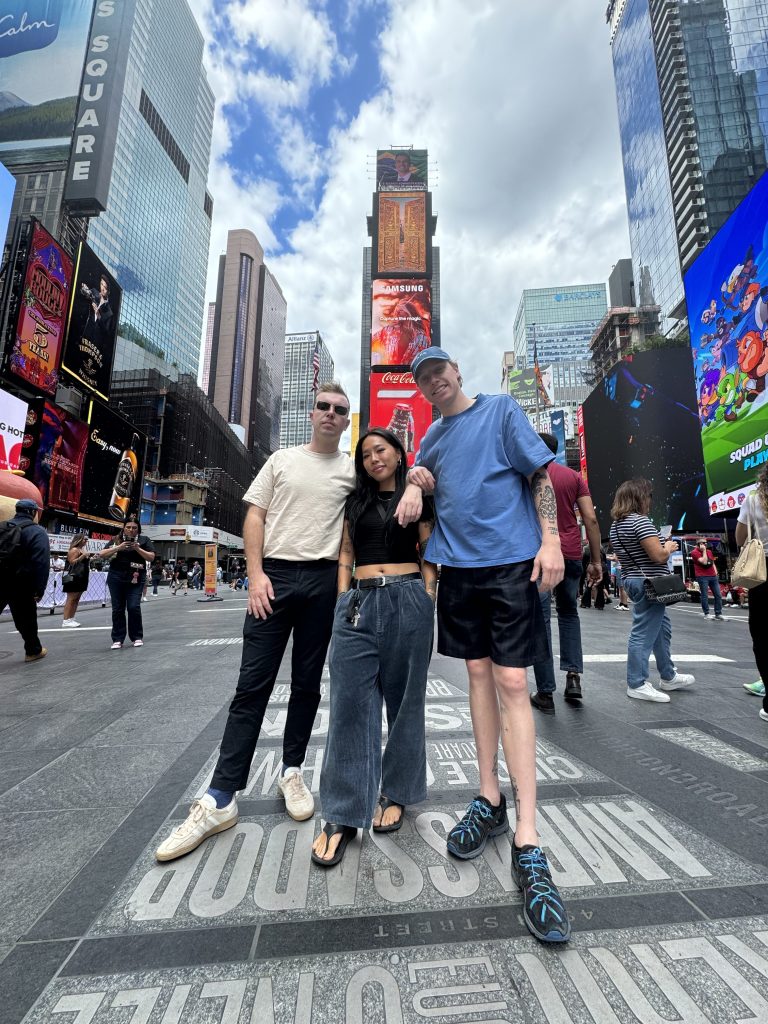
They’ve been to the US three times. The most recent was to build the brand and shift their second container load. “We landed a distributor. So we did ride-alongs with the sales team, cruising Manhattan, Brooklyn, the Lower East Side, selling our product into all these bodegas [owner-operated convenience stores, usually with hot food] which was pretty challenging. It was like 38 degrees Celsius. All the owners of the bodegas spoke Spanish, so we’re in there trying to pitch them, and they didn’t speak much English.
“That blew our mind, that English wasn’t the first language in sales, which was insane. As if we would have known that without joining the field team.”
They let the Spanish-speaking sales team do the selling.
O’Sullivan estimates they’ve spent between $500,000 and $750,000 to set up in the US, for which they’ve made it into 200 stores in greater New York. “But we’re exactly where we wanted to be,” he says.
Even as the company expands into Coles Express and Ampol service stations in Australia, saying they’ll be in 6,000 stores by the first quarter next year, they’re content with the more humble US numbers. “A couple of times, we almost said yes to a 500-store deal,” says Gostencnik. “We didn’t have the stock, we didn’t have the team, we didn’t have the capital or the marketing. It was tempting but you’ve really got to be crazy patient launching into international markets. Even with a giant budget.”
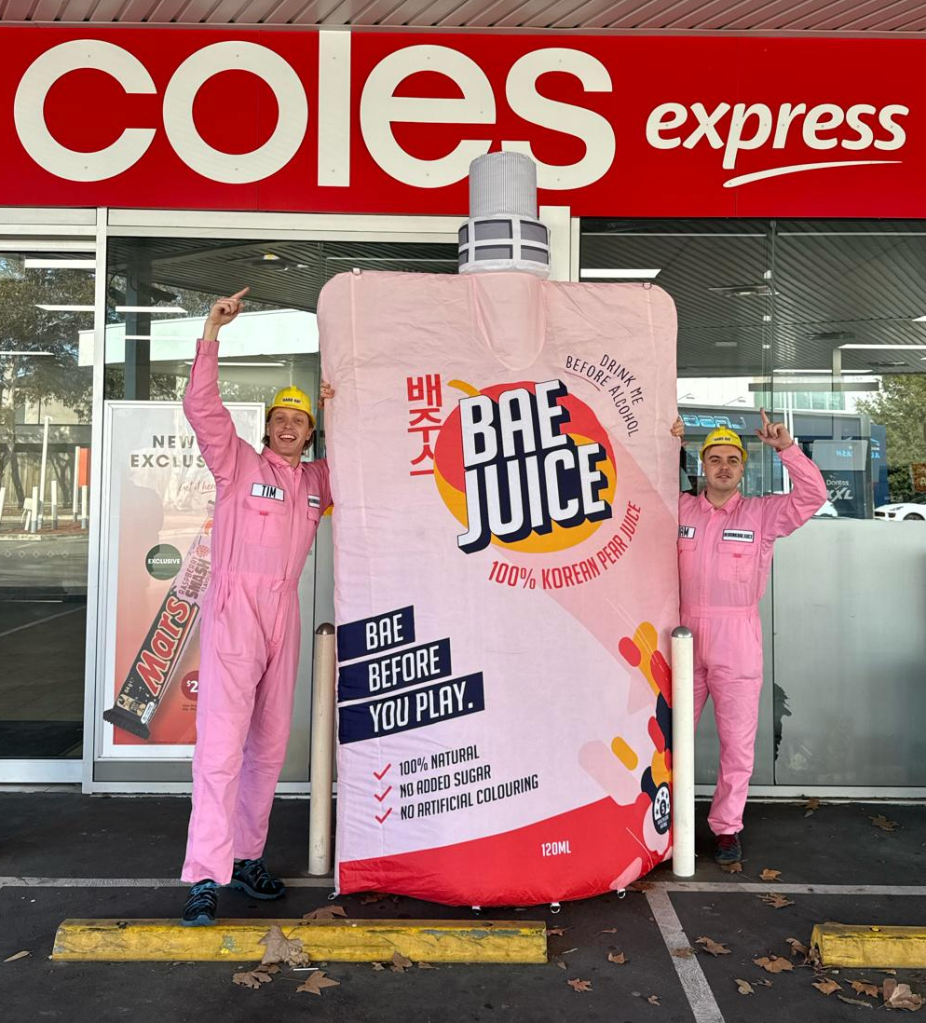
The funding to ramp up came with Escalante’s Lance East Office joining existing investor the Honan family’s Honan Capital in the $1 million raise in March this year.
Escalante first saw Bae in a supermarket and says it stood out. “Soon after, I saw an article saying they were doing a raise and eyeing the US, which is obviously a huge consumer market, so I gave the product a try on a holiday last year, liked it and saw some upside,” he says in an email. “It was really a case of a promising product, brand, people, and some blue sky in the US – and while it’s early days, so far so good, which is a credit to Tim, Liam and Sumin.”
The three founders needed the money. “The raw cost for an Australian brand to launch there is insane,” says O’Sullivan. “The currency was $1.65 at one stage … we’re constantly sending money to convert it for marketing expenses, flights, travel. We’ve hired some staff over there. We’ve got consultants, logistics teams. It just goes so quick.
“You can see why Australian brands make … mistakes. You go over there, you get excited with Broadway and nightclubs and all the sports and basketballers and celebrities and singers and rappers. But you’ve just got to do baby steps. Otherwise, you can just lose everything overnight.”
They went to Natural Products Expo West in Anaheim, California, and were daunted by the number of businesses from all over the world trying to get a foothold. “It was the size of maybe three MCGs [Melbourne Cricket Grounds]. Endless, endless products that you’ve never heard of … juices, candy, confectionary. It blew our mind,” says O’Sullivan.
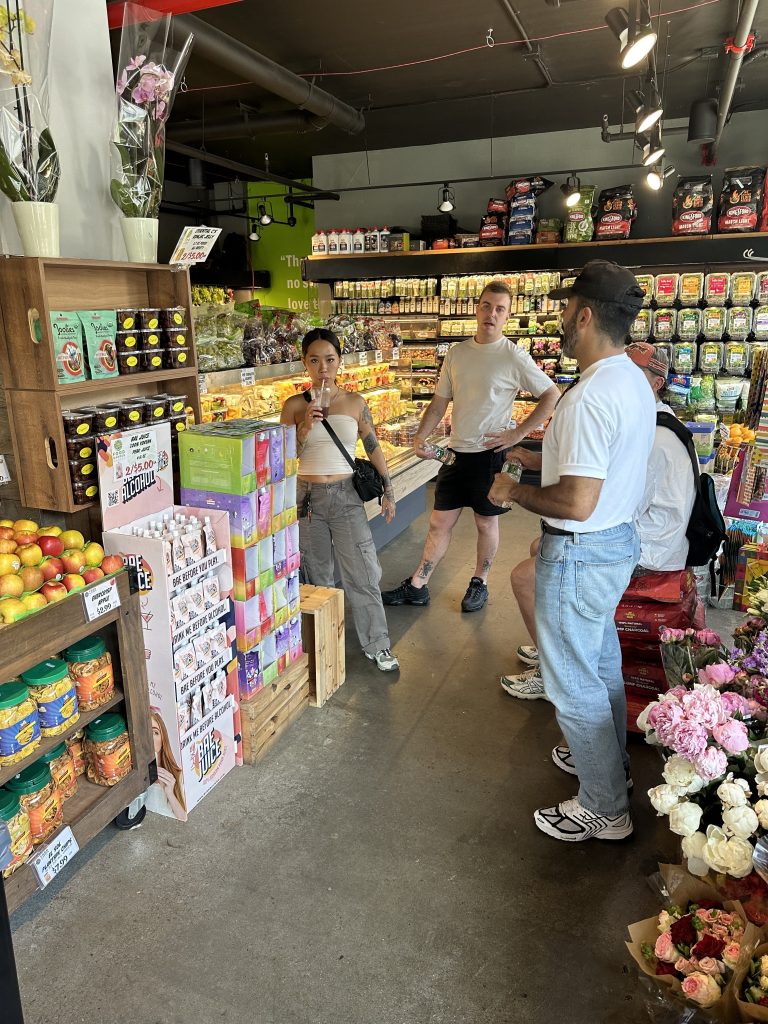
“We did heaps of laps and spoke to a consultant. He said, ‘I’m not gonna lie, 60% of these companies won’t be here next year.’ That’s how hard it is … It’s pretty crazy to think that’s the market we’ve dived into first.”
With their 200 bodegas strategically placed “near dive bars and nightclubs”, they say they can move to the next phase. “Now we can execute like we’re doing in Australia,” says O’Sullivan. “Now we can go to the Woolworths of New York, the Whole Foods, and Sprouts in LA. We’ve done the hard yards. I think that’s what a lot of Aussie brands get impatient about. You’ve got to build your brand slowly. You’ve got to preserve your cash flow. You’ve got to prove your concept. Now we can really put fuel on the fire.”
So why didn’t they just give up and come home to the nice cosy business with a $2.5 million local revenue that they predict will double this financial year? To put it in context, their third container is heading to the US, while they’ve shipped 40 containers to Australia.
“The response to the product was so good,” says Gostencnik. “No one is selling what we’re selling. There’s different concoctions, there’s pills, powders, electrolytes, sachets, patches, there’s ointments. There’s no natural hangover prevention in America still. So we’re going to ride the same wave we did here. We’re as optimistic as ever.”
